In the dense rainforests of South America, a bizarre and mesmerizing phenomenon has captured the attention of scientists and nature enthusiasts alike. A species of ant, known colloquially as the "firefly ant," has developed an extraordinary survival strategy that blurs the line between biology and bioluminescent engineering. These ants, scientifically classified as Camponotus sp., utilize their own larvae as living light sources, turning their nests into glowing architectural wonders.
The discovery of this behavior has sent ripples through the entomological community. Unlike other bioluminescent creatures that produce light for mating or defense, firefly ants have co-opted their larval stage for an entirely different purpose – illumination. The larvae, which naturally emit a soft blue-green glow, are strategically positioned throughout the colony's tunnels and chambers, creating what researchers describe as "the most sophisticated biological lighting system ever observed in social insects."
This remarkable adaptation appears to serve multiple evolutionary purposes. The gentle glow helps worker ants navigate the complex underground networks of their nests, particularly during the perpetual twilight of the forest floor where sunlight rarely penetrates. More surprisingly, the light may play a crucial role in the colony's agricultural endeavors. Firefly ant colonies cultivate fungi as their primary food source, and recent studies suggest the specific wavelength emitted by the larvae promotes fungal growth more efficiently than complete darkness or full spectrum light.
The biological mechanism behind this larval bioluminescence is equally fascinating. Specialized cells in the larvae's abdomen contain unique photoproteins that react with oxygen to produce cold light – a process remarkably similar to that found in fireflies, though evolutionarily distinct. What's truly extraordinary is how the adult ants have learned to manipulate this natural capability. Worker ants will gently carry larvae to areas requiring illumination, sometimes even "dimming" them by partially covering the glowing segments with debris when less light is needed.
Recent field observations have revealed even more sophisticated behaviors. During particularly dark periods, such as new moon phases or extended rainy seasons, the ants appear to concentrate more larvae in key areas of the nest. Some researchers have documented what looks like a "shift change," where worker ants will rotate larvae between well-lit and darker areas, possibly to prevent exhaustion of the light-producing cells. This level of organization suggests a degree of collective intelligence previously unrecognized in ant societies.
The discovery has sparked intense debate about the definition of tool use in non-human species. While many animals use objects from their environment as tools, the firefly ants represent one of the few known examples of a species using another life form – especially their own young – as a functional apparatus. This challenges traditional notions of parental care in social insects and raises profound questions about the evolution of complex behaviors.
Conservationists have grown increasingly concerned about the firefly ants' habitat. The same rainforest regions where these remarkable insects thrive face unprecedented threats from deforestation and climate change. Researchers warn that dozens of potentially groundbreaking biological discoveries could be lost before they're even documented if current trends continue. The firefly ant serves as both a symbol of nature's endless capacity to surprise us and a stark reminder of how much we stand to lose.
As scientists continue to study this phenomenon, new questions emerge faster than answers. How did this behavior first evolve? Do the larvae benefit from being used as light sources, or is this purely exploitative? Could understanding the biochemical processes in these larvae lead to breakthroughs in sustainable lighting technology? The firefly ant has illuminated not just its underground world, but countless new pathways for scientific inquiry.
The implications extend beyond entomology. Materials scientists are particularly interested in the larvae's ability to produce light without heat – a property that could revolutionize energy-efficient lighting. Biomedical researchers see potential applications in developing new imaging techniques using the ants' unique photoproteins. Even architects are studying the ants' light distribution strategies for inspiration in designing buildings with natural illumination systems.
Perhaps most remarkably, local indigenous communities have known about these glowing ants for generations, incorporating them into folklore and traditional medicine. Modern scientists are now working with these communities to document traditional knowledge about the ants' behavior and habitat preferences. This collaboration represents a growing recognition of the value of indigenous wisdom in scientific discovery.
As night falls in the Amazon, countless firefly ant colonies begin their luminous activities. Their glowing larvae create an inverted starscape beneath the forest floor, a hidden universe of biological wonder. In these tiny creatures, we find profound lessons about adaptation, cooperation, and the endless creativity of evolution. The firefly ants remind us that nature's most brilliant innovations often shine in the darkest places.
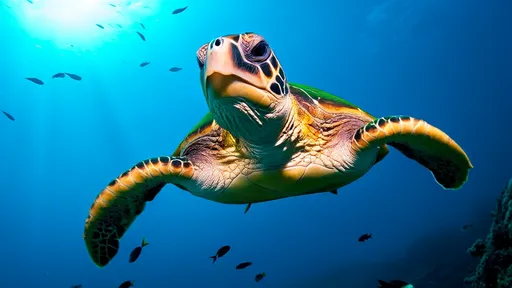
By /Jun 10, 2025
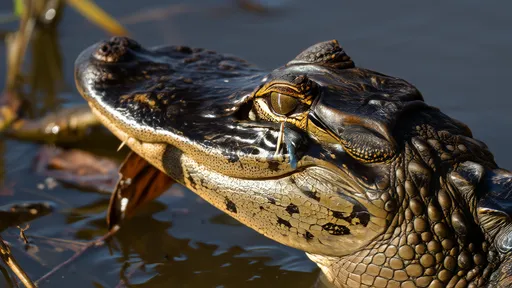
By /Jun 10, 2025
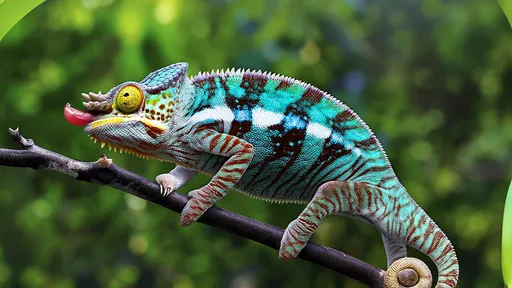
By /Jun 10, 2025
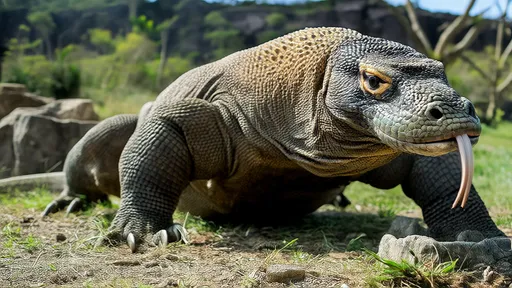
By /Jun 10, 2025
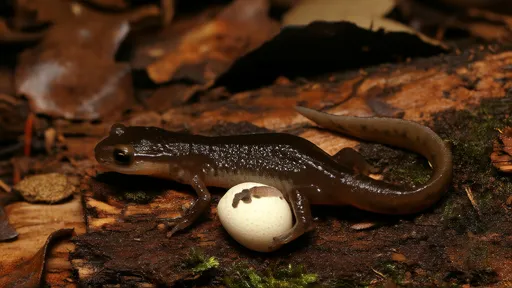
By /Jun 10, 2025
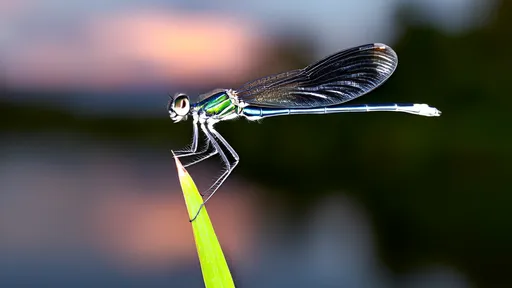
By /Jun 10, 2025
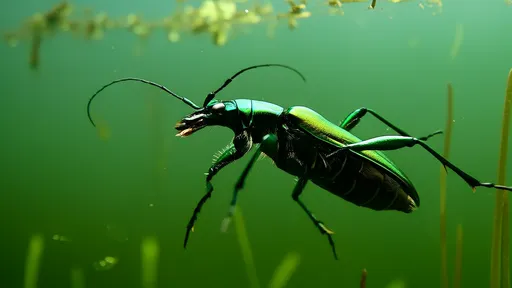
By /Jun 10, 2025
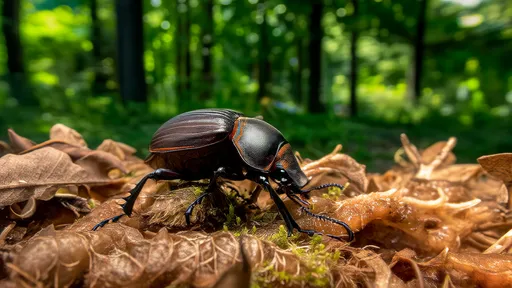
By /Jun 10, 2025
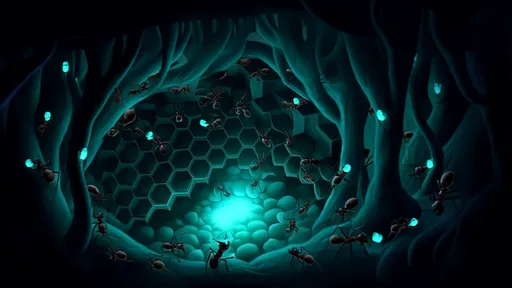
By /Jun 10, 2025
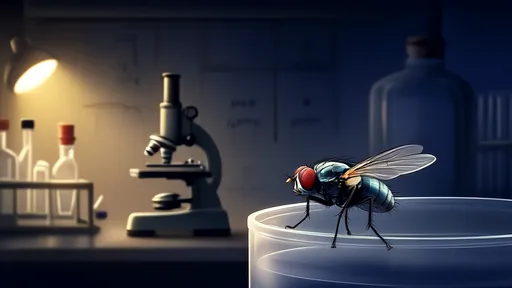
By /Jun 10, 2025
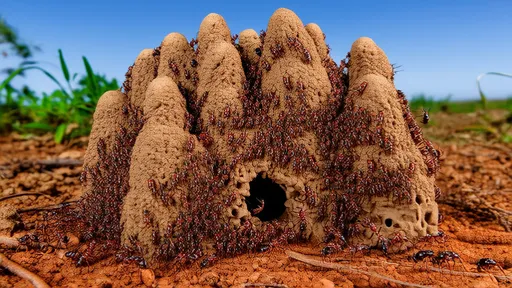
By /Jun 10, 2025
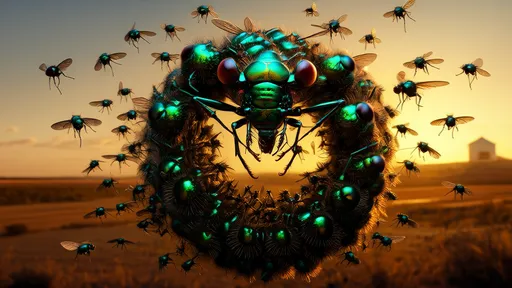
By /Jun 10, 2025
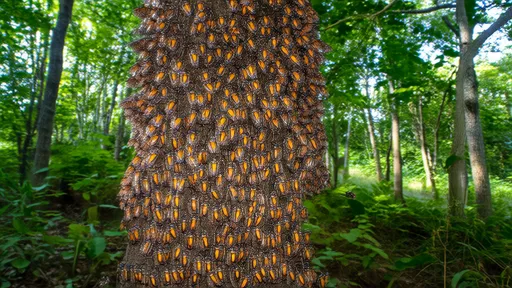
By /Jun 10, 2025
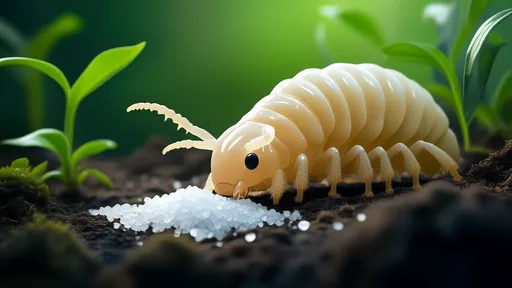
By /Jun 10, 2025
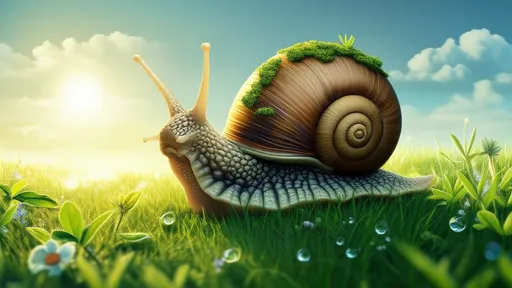
By /Jun 10, 2025
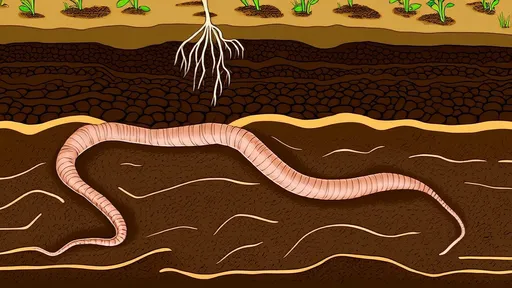
By /Jun 10, 2025
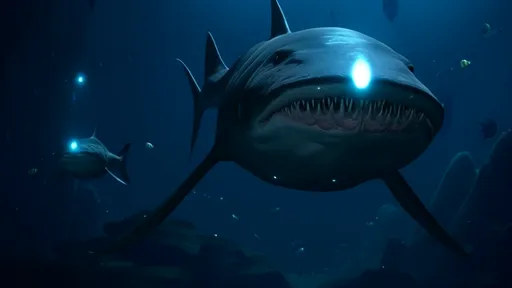
By /Jun 10, 2025